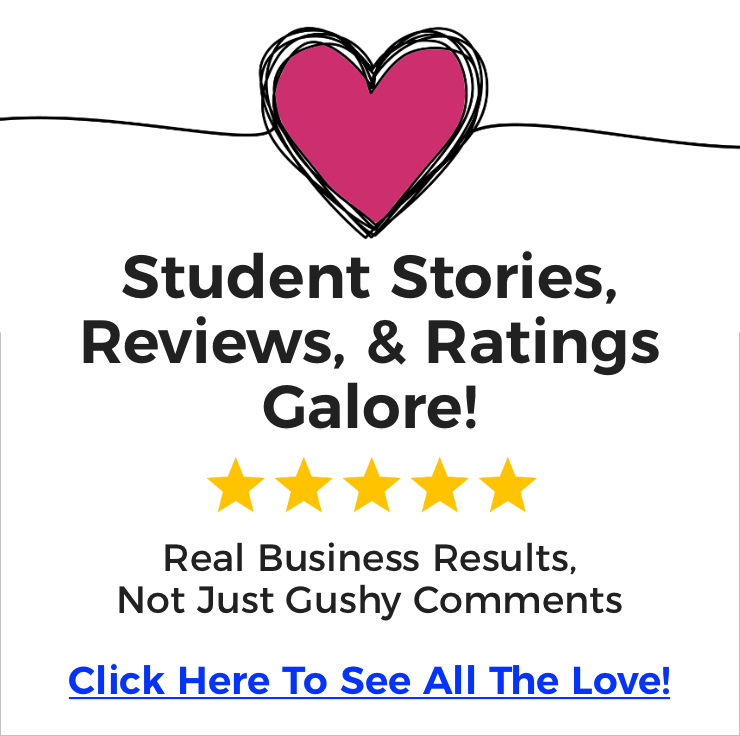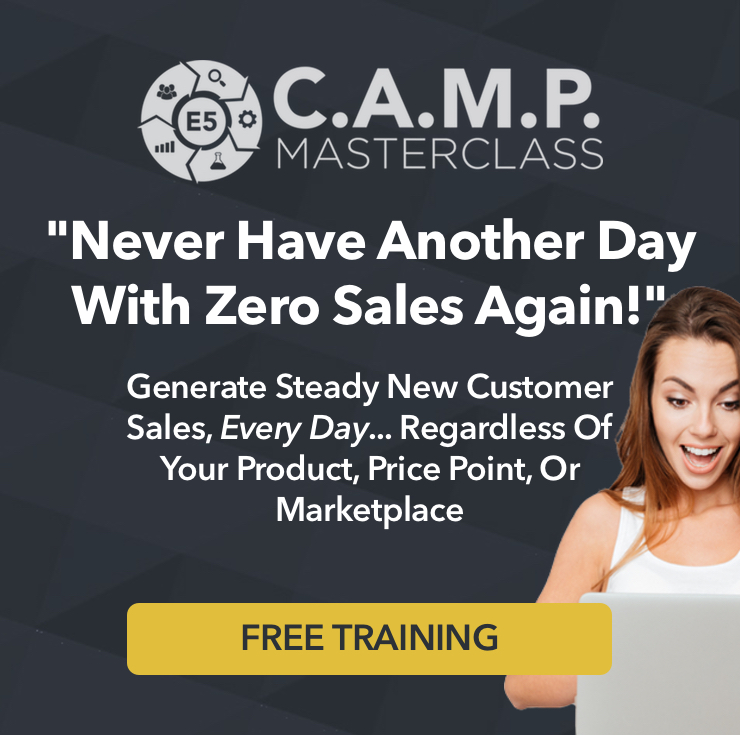As a teenager I worked in a health food store in Freehold, New Jersey. It was a great part-time gig for me since I was passionate about nutrition and supplementation.
One day a mother and her son, DL, came into the store with questions about the son’s nutritional plan. He was just getting started with weight training and wanted to know what supplements to take to aid in his quest to be the next Mr. Universe.
I made some recommendations, sold them some supplements, and off they went.
I guess DL enjoyed getting my advice since he returned the following week, with his mother, armed with more questions. Over time, these weekly visits became more regular. Eventually, DL simply had his mother drop him off at the store so he could spend the day with me.
Needless to say, DL and I developed a unique relationship. I was a… sort of… mentor to him, and he was my first unofficial protege.
Eventually DL decided it was probably best if he got a job at the health food store. I guess he realized if he was going to be there for hours on end with me, he might as well get paid for it.
As time went on, our mentor-protege relationship became more of a friendship. We worked out to gather. We hung out together outside of work. And we spent a lot of time talking about girls and the mystery — to us — of their psyche. Over the following handful of years DL became one of my best friends.
One year, for my birthday, he did something for me I’ll never forget. He gave me the most thoughtful birthday gift I have ever received.
FREE WEBCAST SERIES: Growing Your Email List
Listen as 12 top marketers share their secrets for quickly building a big, profitable email database.
DL dedicated months of his time creating and writing a full-blown, original manuscript for me. How incredible is that, right? A manuscript. Who does that for a friend?
It was a fictional story about two gorillas from two different islands that, despite their differences, became the best of friends. Of course, it was a story to represent our friendship.
Needless to say, that gift continues to have a special place in my heart even after two decades.
In fact, it’s stayed with me for so long… on such a deep level… I’ve contemplated the idea of whether I could pull off a part two of the manuscript for DL. Kind of like a… here are the two gorillas, old, tattered, now with families, twenty years later, sort of thing.
As I’ve thought about this, I’ve even researched and studied fiction writing, which has helped me become very familiar with popular story structures.
But here’s the thing…
I recognize that knowing the different story structures… and knowing how to craft and tell a good story… are two completely different things.
Sure, I know about the different elements that need to be in a story for it to be compelling and entertaining: plot points, twists, crisis, climax, resolution, etc.
But, I also know that if I don’t have a good story to tell and I don’t know how to tell the story, knowing the different story structures and those different story elements is going to be of very little value to me.
The idea for the story and being able to tell a good story is infinitely more important than simply knowing the basic structure of a story or the necessary story pieces.
How writing a story is like engineering a marketing funnel
Oddly enough, this is also true for engineering a marketing funnel.
Knowing the various structures of a funnel (e.g. opt-in page to low-cost product to upsell offer) and knowing the purpose of the different elements of the funnel (e.g. lead magnet, VSL, exit pop, order form) is far less important than knowing how to structure a compelling and convincing marketing message.
In fact, I’ve gone on record several times as saying: If you have a great idea for your marketing funnel (i.e. Big Idea), a rock-solid, fool-proof sales argument, and an over-the-top offer, I don’t care what funnel model or structure you use, it’s going to convert for you.
But, if you have a sub-par idea for your marketing funnel, a weak or fragile sales argument, and an average offer, it doesn’t matter what funnel model or structure you use, or how much you think you know about funnel elements and stages, your results are going to suffer.
Funnel conversion
With the right idea and messaging for your marketing funnel, we can use almost any model and it will convert for you. This is why you can regularly see a successful VSL turned into a successful long-form sales letter, an evergreen webinar, and a multi-part video sequence. And have all of them convert well.
That’s why I teach my team and our MFA coaching clients to, first, develop the Big Idea for their funnel, lay out their Marketing Funnel Thesis, list the Thesis Sub-Beliefs for the sales argument, and sketch out their offer… before doing anything else for their funnel.
This is the marketing equivalent of focusing on the important piece — the idea behind the story and the story itself — before getting caught up in which story structure to use and what elements of the story to include.
For lots of marketers this process can feel a bit daunting. If it does for you, I would encourage you to schedule a 60-minute Funnel Optimization Call with one of my team members. There’s no charge. And one of the MFA Funnel Implementation Specialists will help you to uncover the equivalent of your best-selling funnel story.
As for DL… well… he’s now the godfather to my youngest daughter, Gabriella. And, we’re still the best of friends. And, oh, he’s also the Chief Operating Officer here at MarketingFunnelAutomation. Yep, our very own Damian “Gorilla #2” Lanfranchi.



